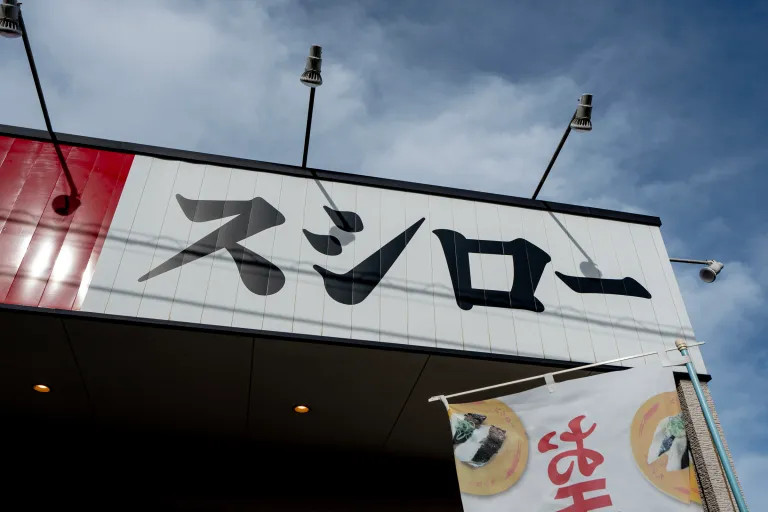
One particular variety really piqued our interest!
On August 30, rotating sushi restaurant Sushiro started a brand new campaign called the “Specialty Sushi from the Seas of the World” Festival. Given how much we love sushi and trying out all the different options at revolving restaurants like Sushiro, we had to try the festival’s new flavors we wouldn’t normally have access to.
Nine different kinds of sushi hailing from different parts of the world are currently on this limited-time-only menu. It’s like an edible aquarium! And there was one fish we’d never expected to see in a Japanese sushi restaurant: barramundi, also known as Asian sea bass, which can be found in the Indian and South Pacific seas.
On the Sushiro menu, it was labeled as “Minami Akame” (or “Southern Japanese late”), likely since “akame” is a much more recognized word among Japanese sushi fans, but in fact barramundi is a different species, though they are a close relation.
Both fish can grow as large as one meter (3.3 feet), but while akame have eyes that glow red when reflecting light, barramundi’s glow yellow, like many other fish. Akame are also an endangered fish, and fishing them is illegal in some prefectures, which is why akame is considered a super luxury sushi in Japan.
Barramundi, on the other hard, are not particularly special or rare, and in India and Australia, they’re actually considered to be a cheap fish for the masses, which is often eaten grilled or fried. But since they’re not native to Japanese seas, people in Japan don’t often have the chance to eat them, so their addition to the Sushiro menu for a limited time is a real treat.
Sushiro’s barramundi sushi is fished from waters in Vietnam. One piece costs 120 yen (US$0.82), but prices may vary in different stores. Apparently, quantities of this sushi are limited.
When we tried it, we were surprised at how firm it was. It was solid enough to be bendable. It did have a strong taste, and it came with a bit of green onions and a little jelly-like substance on top, perhaps to mitigate some of that strong taste. As a sushi, it might not appeal to everyone, but you can’t deny its appeal as an unusual fish!
Of course, there were some other delicious options on the Festival’s menu, like “Salmon Produced in the Arctic Circle” (150 yen)…
And “Broiled Salt-finished Broadfin Thornyhead” (260 yen) from the U.S.
We also thought the “Black Cod with Charred Soy Sauce” (150 yen), fished from the seas around Alaska, was especially delicious.
There were two special tunas from Spain on the menu, the “Natural Fatty Bluefin Tuna” (360 yen) and the “Natural Bluefin Tuna Two Piece Plate” (260 yen), but though it was good tuna, it tasted just like Sushiro’s regular tuna.
▼ Fatty tuna
Sushiro doesn’t source its tuna from Japanese oceans anyway, so there wasn’t anything particularly exciting about this offering.
▼ Two-piece tuna
They also have a Spider Roll (180 yen), which is made with soft-shell crab from Bangladesh…
Abalone with Charred Soy Sauce (120 yen) from Peru…
And Common Squid (120 yen) from Argentina.
The website lists Boneless Shortrib Roast Beef Nigiri from Australia as the ninth offering of the campaign (also for 120 yen), so you might not find the squid in every restaurant.
All of these limited-time-only sushi flavors are interesting international offerings, so they’re worth making a trip to Sushiro to try! They’ll only be around until September 10, so don’t dawdle if you want to try them. And while of course you can fill up on just these nine flavors, if you want to eat more, here are six things staff at Sushiro recommend to really round out your meal.
Related: Sushiro
Images © SoraNews24
● Want to hear about SoraNews24’s latest articles as soon as they’re published? Follow us on Facebook and Twitter!
[ Read in Japanese ]

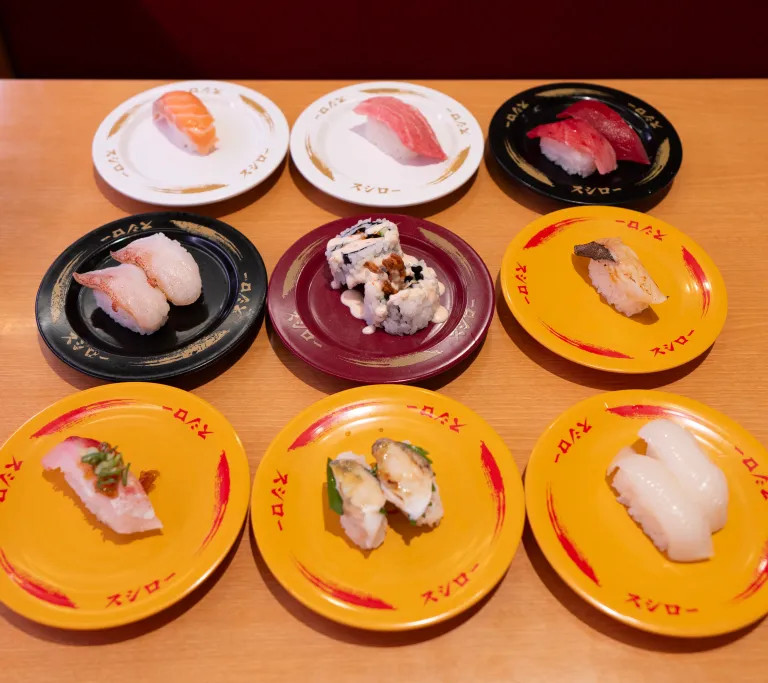
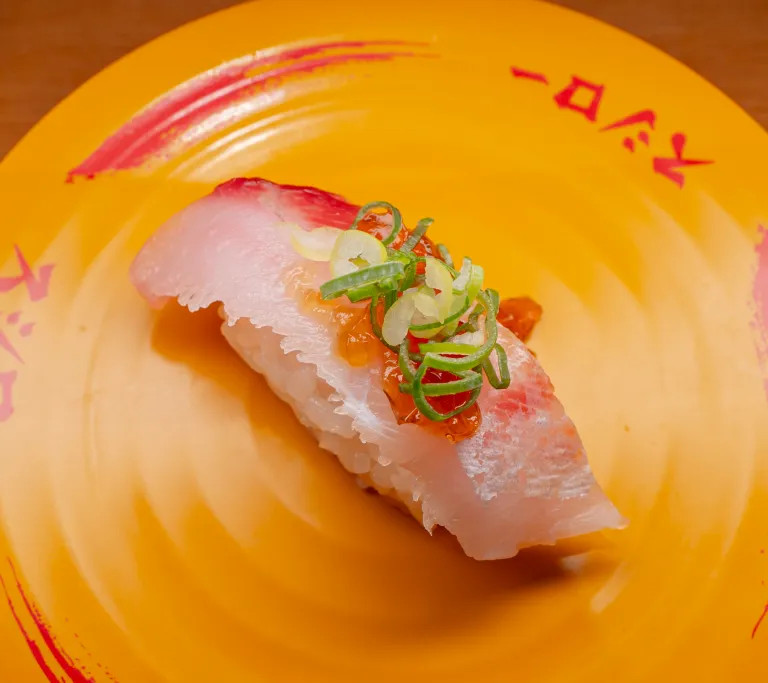
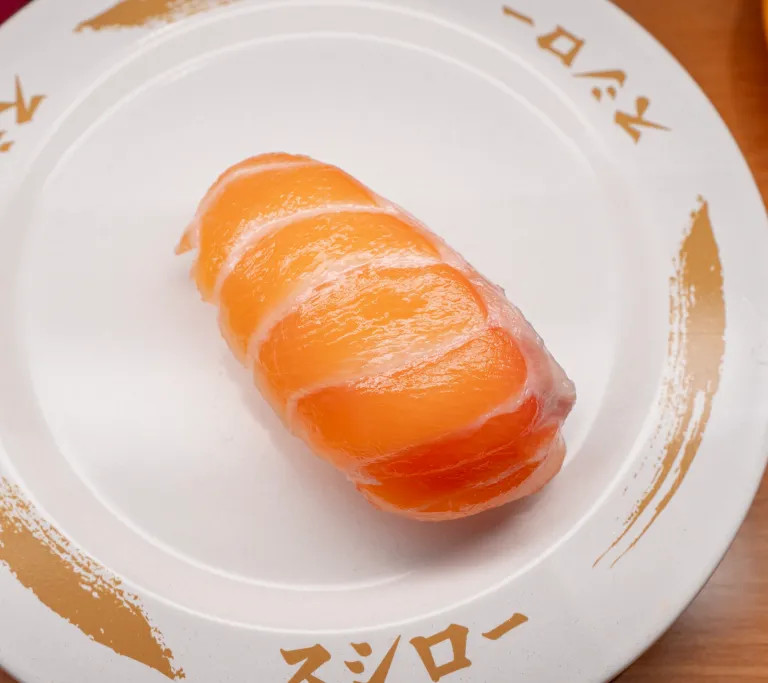
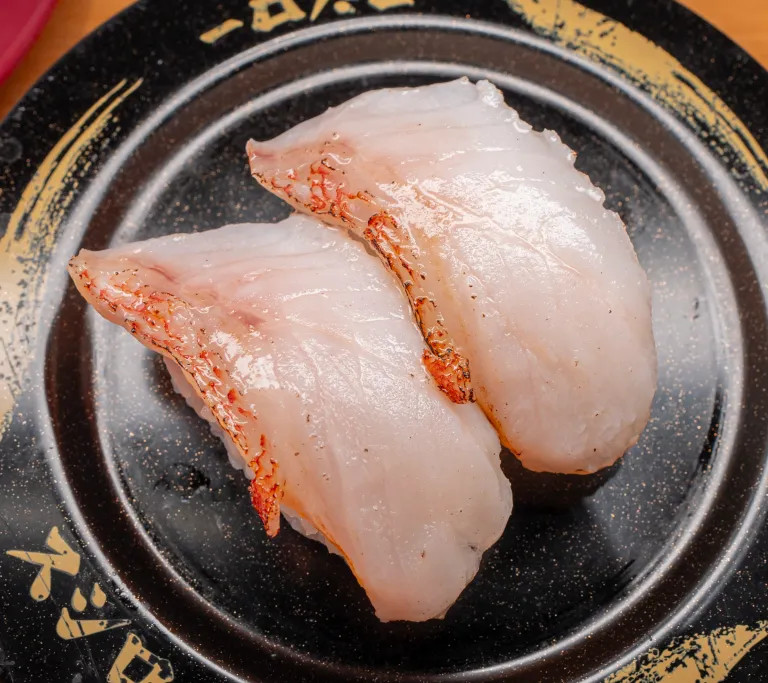


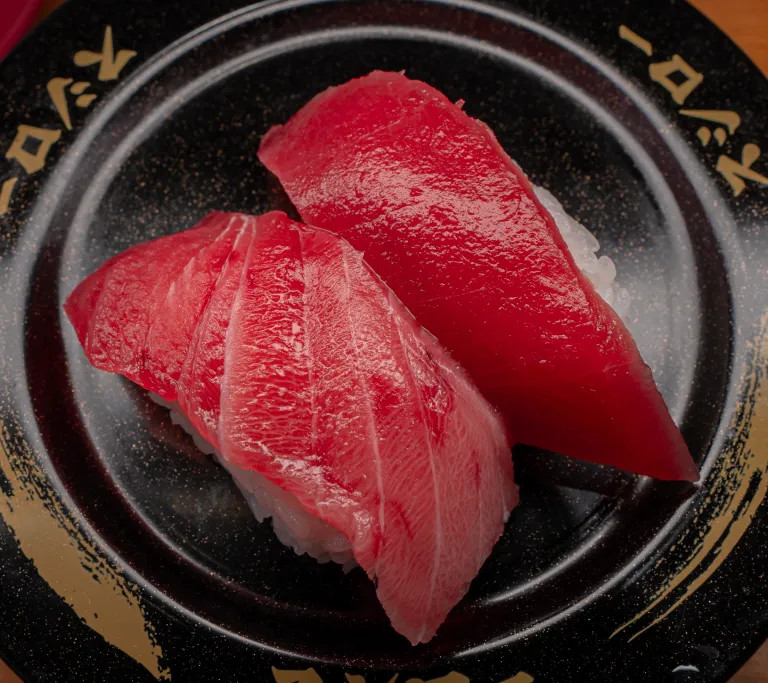
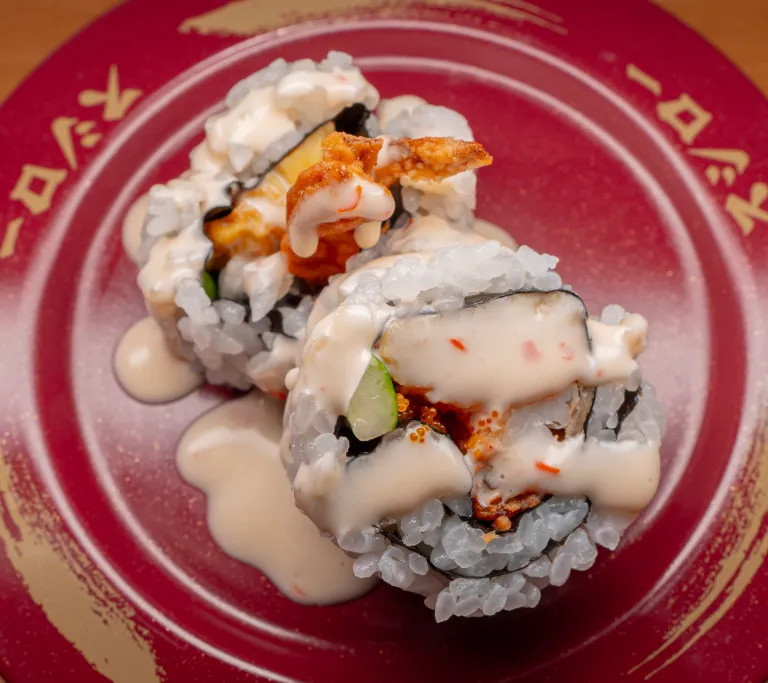
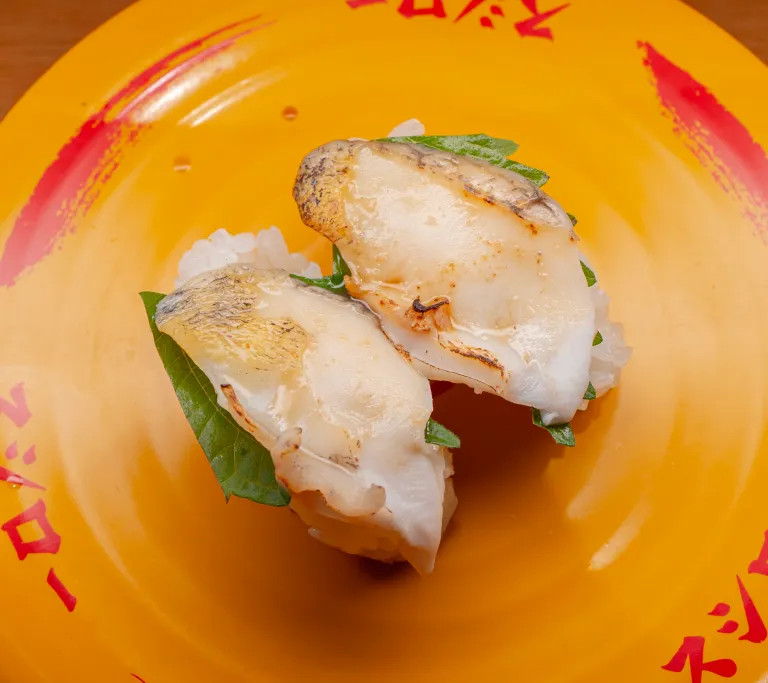
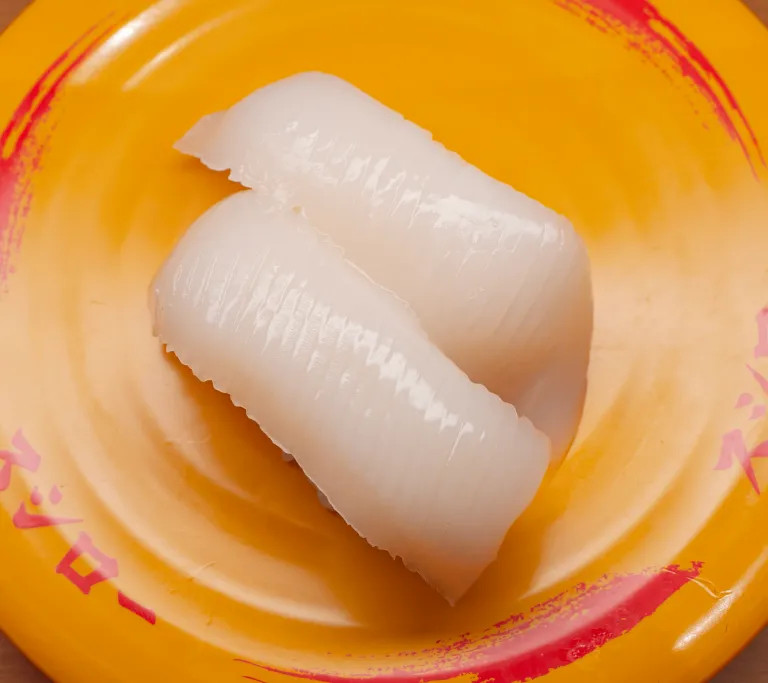
 Japan super budget dining – What’s the best way to spend 1,000 yen at sushi restaurant Sushiro?
Japan super budget dining – What’s the best way to spend 1,000 yen at sushi restaurant Sushiro? What should you use table salt for at a sushi restaurant? We asked a kaitenzushi maniac
What should you use table salt for at a sushi restaurant? We asked a kaitenzushi maniac Shun seafood sushi with new meat sushi lineup at Japan’s favorite kaitenzushi chain
Shun seafood sushi with new meat sushi lineup at Japan’s favorite kaitenzushi chain Meat lovers, you can now satisfy your carnivorous cravings at this revolving sushi restaurant!
Meat lovers, you can now satisfy your carnivorous cravings at this revolving sushi restaurant! Who’s got the best, cheapest one-person sushi delivery in downtown Tokyo? Mr. Sato investigates!
Who’s got the best, cheapest one-person sushi delivery in downtown Tokyo? Mr. Sato investigates! Seaside scenery, history, and so many desserts on Yokohama’s Akai Kutsu【Japan Loop Buses】
Seaside scenery, history, and so many desserts on Yokohama’s Akai Kutsu【Japan Loop Buses】 Foreigner’s request for help in Tokyo makes us sad for the state of society
Foreigner’s request for help in Tokyo makes us sad for the state of society Should you add tartar sauce to Japanese curry rice? CoCo Ichi makes diners an unusual offer
Should you add tartar sauce to Japanese curry rice? CoCo Ichi makes diners an unusual offer Ghibli Park now selling “Grilled Frogs” from food cart in Valley of Witches
Ghibli Park now selling “Grilled Frogs” from food cart in Valley of Witches Japanese city loses residents’ personal data, which was on paper being transported on a windy day
Japanese city loses residents’ personal data, which was on paper being transported on a windy day Akihabara pop-up shop sells goods made by Japanese prison inmates
Akihabara pop-up shop sells goods made by Japanese prison inmates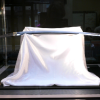 Amazing exhibition of Japan’s legendary “cursed katana” is going on right now【Photos】
Amazing exhibition of Japan’s legendary “cursed katana” is going on right now【Photos】 Yokohama restaurant serves fried axolotl, along with giant isopod, camel, and crocodile
Yokohama restaurant serves fried axolotl, along with giant isopod, camel, and crocodile We tried Korea’s way-too-big King Tonkatsu Burger at Lotteria 【Taste Test】
We tried Korea’s way-too-big King Tonkatsu Burger at Lotteria 【Taste Test】 Larger than life Doraemon doll will delight fans, terrify pets and small children
Larger than life Doraemon doll will delight fans, terrify pets and small children McDonald’s new Happy Meals offer up cute and practical Sanrio lifestyle goods
McDonald’s new Happy Meals offer up cute and practical Sanrio lifestyle goods Japanese ramen restaurants under pressure from new yen banknotes
Japanese ramen restaurants under pressure from new yen banknotes French Fries Bread in Tokyo’s Shibuya becomes a hit on social media
French Fries Bread in Tokyo’s Shibuya becomes a hit on social media Studio Ghibli releases new action figures featuring Nausicaä of the Valley of the Wind characters
Studio Ghibli releases new action figures featuring Nausicaä of the Valley of the Wind characters Red light district sushi restaurant in Tokyo shows us just how wrong we were about it
Red light district sushi restaurant in Tokyo shows us just how wrong we were about it New private rooms on Tokaido Shinkansen change the way we travel from Tokyo to Kyoto
New private rooms on Tokaido Shinkansen change the way we travel from Tokyo to Kyoto Tokyo Tsukiji fish market site to be redeveloped with 50,000-seat stadium, hotel, shopping center
Tokyo Tsukiji fish market site to be redeveloped with 50,000-seat stadium, hotel, shopping center Beautiful Ghibli sealing wax kits let you create accessories and elegant letter decorations【Pics】
Beautiful Ghibli sealing wax kits let you create accessories and elegant letter decorations【Pics】 Studio Ghibli releases Kiki’s Delivery Service chocolate cake pouches in Japan
Studio Ghibli releases Kiki’s Delivery Service chocolate cake pouches in Japan New definition of “Japanese whiskey” goes into effect to prevent fakes from fooling overseas buyers
New definition of “Japanese whiskey” goes into effect to prevent fakes from fooling overseas buyers Our Japanese reporter visits Costco in the U.S., finds super American and very Japanese things
Our Japanese reporter visits Costco in the U.S., finds super American and very Japanese things All-you-can-drink Starbucks and amazing views part of Tokyo’s new 170 meter-high sky lounge
All-you-can-drink Starbucks and amazing views part of Tokyo’s new 170 meter-high sky lounge More foreign tourists than ever before in history visited Japan last month
More foreign tourists than ever before in history visited Japan last month New Pokémon cakes let you eat your way through Pikachu and all the Eevee evolutions
New Pokémon cakes let you eat your way through Pikachu and all the Eevee evolutions Disney princesses get official manga makeovers for Manga Princess Cafe opening in Tokyo
Disney princesses get official manga makeovers for Manga Princess Cafe opening in Tokyo Sales of Japan’s most convenient train ticket/shopping payment cards suspended indefinitely
Sales of Japan’s most convenient train ticket/shopping payment cards suspended indefinitely Sold-out Studio Ghibli desktop humidifiers are back so Totoro can help you through the dry season
Sold-out Studio Ghibli desktop humidifiers are back so Totoro can help you through the dry season Japanese government to make first change to romanization spelling rules since the 1950s
Japanese government to make first change to romanization spelling rules since the 1950s Ghibli founders Toshio Suzuki and Hayao Miyazaki contribute to Japanese whisky Totoro label design
Ghibli founders Toshio Suzuki and Hayao Miyazaki contribute to Japanese whisky Totoro label design Doraemon found buried at sea as scene from 1993 anime becomes real life【Photos】
Doraemon found buried at sea as scene from 1993 anime becomes real life【Photos】 Tokyo’s most famous Starbucks is closed
Tokyo’s most famous Starbucks is closed One Piece characters’ nationalities revealed, but fans have mixed opinions
One Piece characters’ nationalities revealed, but fans have mixed opinions We asked a Uniqlo employee what four things we should buy and their suggestions didn’t disappoint
We asked a Uniqlo employee what four things we should buy and their suggestions didn’t disappoint Princesses, fruits, and blacksmiths: Study reveals the 30 most unusual family names in Japan
Princesses, fruits, and blacksmiths: Study reveals the 30 most unusual family names in Japan Japan’s favorite super-cheap revolving sushi restaurant finally comes to Akihabara!
Japan’s favorite super-cheap revolving sushi restaurant finally comes to Akihabara! Put down the soy sauce! We try a new “expert” way to season your sushi【Taste test】
Put down the soy sauce! We try a new “expert” way to season your sushi【Taste test】 Which Japanese conveyor belt sushi chain has the best bintoro sushi?【Taste test】
Which Japanese conveyor belt sushi chain has the best bintoro sushi?【Taste test】 Which Japanese conveyor belt sushi chain has the best scallop sushi?【Taste test】
Which Japanese conveyor belt sushi chain has the best scallop sushi?【Taste test】 Which Japanese conveyor belt sushi chain has the best salmon sushi?【Taste test】
Which Japanese conveyor belt sushi chain has the best salmon sushi?【Taste test】 You can now get fugu, Japan’s poisonous blowfish, for under a buck at revolving sushi restaurants
You can now get fugu, Japan’s poisonous blowfish, for under a buck at revolving sushi restaurants Our reporter dishes on the differences between sushi from Ginza Kyubey and Sushiro【Taste test】
Our reporter dishes on the differences between sushi from Ginza Kyubey and Sushiro【Taste test】 Which Japanese conveyor belt sushi chain has the best negitoro sushi?【Taste test】
Which Japanese conveyor belt sushi chain has the best negitoro sushi?【Taste test】 Japan’s Sushiro revolving sushi chain stops revolving with conveyor-less food court branch
Japan’s Sushiro revolving sushi chain stops revolving with conveyor-less food court branch Which Japanese conveyor belt sushi chain has the best tuna sushi?【Taste test】
Which Japanese conveyor belt sushi chain has the best tuna sushi?【Taste test】 Sushi tacos now on sale in Japan — Can this cross-cultural cuisine please our biggest taco fan?
Sushi tacos now on sale in Japan — Can this cross-cultural cuisine please our biggest taco fan? We try a rotating sushi chain’s super high-quality 3-layer caviar, sea urchin & fatty tuna sushi
We try a rotating sushi chain’s super high-quality 3-layer caviar, sea urchin & fatty tuna sushi This type of conveyor belt sushi tastes different in Tokyo than it does in Osaka, but why?
This type of conveyor belt sushi tastes different in Tokyo than it does in Osaka, but why? Conveyor belt sushi restaurants in Japan now offer random airline ticket discount gacha capsules
Conveyor belt sushi restaurants in Japan now offer random airline ticket discount gacha capsules Four things you should order at rotating sushi restaurant Sushiro if you don’t eat raw fish
Four things you should order at rotating sushi restaurant Sushiro if you don’t eat raw fish Rare ghost-white tuna caught off Bali — we go to see it on display in Shibuya!
Rare ghost-white tuna caught off Bali — we go to see it on display in Shibuya!
Leave a Reply